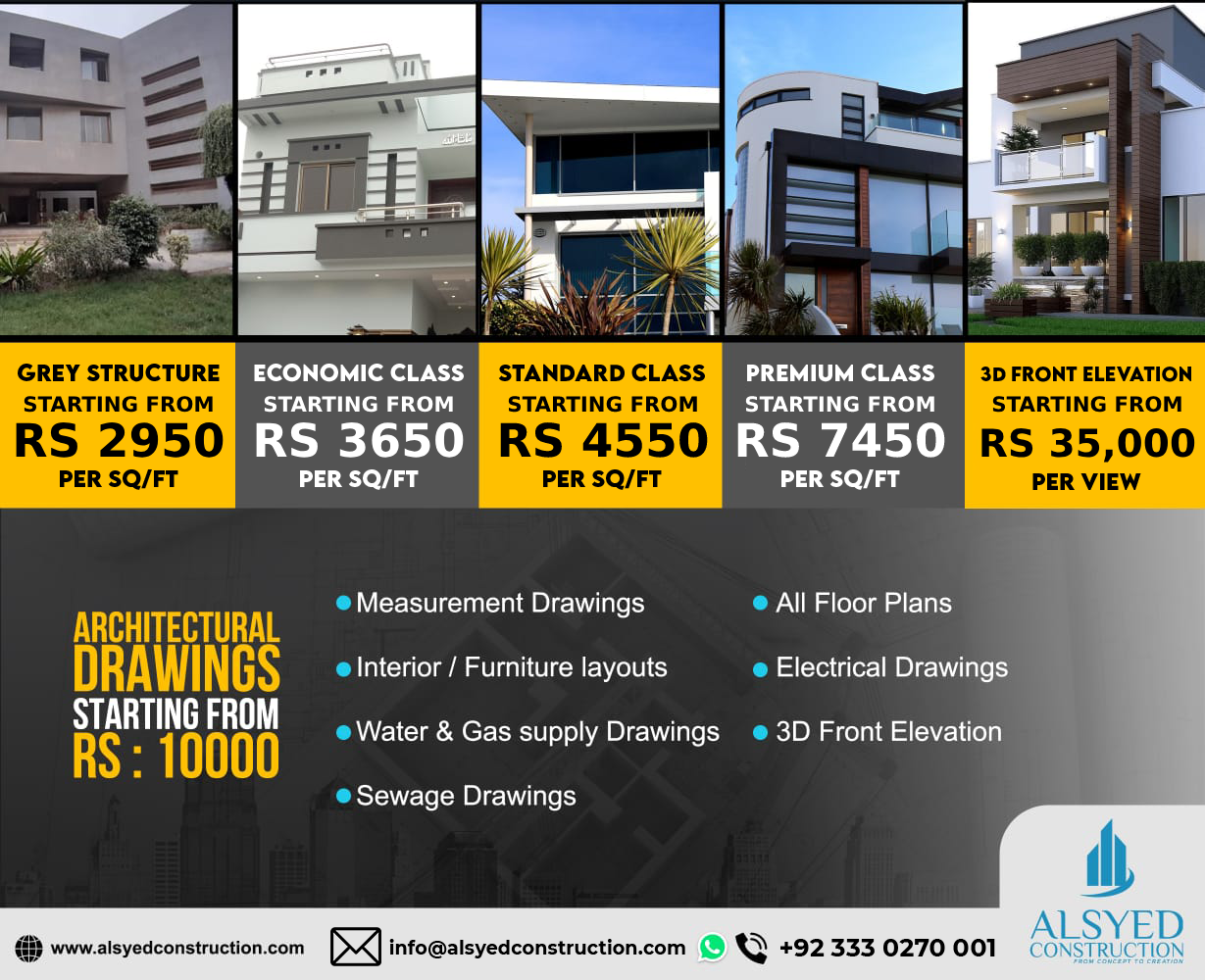Cable Elevators in Construction in the USA
Understanding Cable Elevators in Modern Construction
In the construction industry in the USA, cable elevators are essential lifting mechanisms used for vertical transportation of people and materials. These elevators operate using a system of steel cables, pulleys, and counterweights, ensuring smooth and efficient movement within buildings.
Cable elevators are widely used in skyscrapers, office buildings, residential apartments, and industrial facilities, where high-rise vertical access is required. Their design focuses on speed, safety, and energy efficiency, making them a preferred choice over hydraulic or pneumatic elevators in large-scale construction projects.
How Cable Elevators Work
A cable elevator functions through an interconnected system of steel cables, traction sheaves, counterweights, and an electric motor. The primary components of a cable elevator include:
1. Steel Cables
The load-bearing cables are made from high-strength steel wires, ensuring durability and flexibility. These cables are woven together to provide enhanced weight capacity and resistance to wear and tear.
2. Traction Sheave and Motor
The traction sheave is a grooved wheel driven by an electric motor. It controls the movement of the cables, ensuring smooth acceleration and deceleration. Advanced motor technologies such as gearless traction systems improve efficiency and reduce maintenance costs.
3. Counterweight System
A counterweight is a crucial part of cable elevator design. It balances the weight of the elevator car, reducing the energy required for lifting and lowering. This counterweight system improves efficiency and minimizes mechanical strain.
4. Guide Rails and Safety Brakes
Elevator guide rails provide structural stability, ensuring that the elevator moves in a straight path. Additionally, safety brakes and emergency stop systems prevent sudden falls or accidents in case of mechanical failure or power loss.
Types of Cable Elevators Used in Construction
1. Traction Elevators
Traction elevators are the most common type of cable-driven elevators, using steel cables, traction sheaves, and counterweights. They are ideal for high-rise buildings due to their fast speed and energy efficiency.
Advantages of traction elevators:
- Smooth operation with minimal vibrations
- Higher travel speeds compared to hydraulic elevators
- Energy-efficient design due to counterweight balancing
2. High-Speed Elevators
Used in skyscrapers and tall commercial buildings, high-speed cable elevators are designed for rapid vertical transportation. These elevators use advanced traction motors, lightweight cable systems, and streamlined cabins to maximize efficiency.
Key features:
- Speeds exceeding 1,500 feet per minute
- Aerodynamic cabin designs for reduced air resistance
- Precision braking systems for passenger comfort and safety
3. Machine-Room-Less (MRL) Elevators
MRL elevators eliminate the need for a separate machine room, making them ideal for modern buildings with limited space. The traction motor is placed directly in the elevator shaft, reducing installation costs and improving energy efficiency.
4. Construction Hoists (Temporary Cable Elevators)
During construction projects, temporary cable elevators, also known as construction hoists, are installed to transport workers and materials between floors. These elevators are designed for heavy loads and frequent use in dynamic construction environments.
Benefits of Cable Elevators in Construction
1. High Load Capacity
Cable elevators can transport heavy materials such as steel beams, concrete panels, and large equipment, improving efficiency in high-rise construction.
2. Faster Transportation
Compared to hydraulic elevators, cable-driven systems operate at higher speeds, making them ideal for skyscrapers and large commercial buildings.
3. Energy Efficiency
The counterweight system reduces the amount of electricity required, lowering operating costs and enhancing sustainability.
4. Durability and Longevity
With proper maintenance, cable elevators have a longer lifespan than hydraulic elevators, making them a cost-effective solution for builders and developers.
Safety Features in Cable Elevators
1. Emergency Braking System
Modern elevators are equipped with automatic emergency brakes that activate in case of cable failure or mechanical malfunction.
2. Overspeed Governors
These devices monitor the elevator’s speed, ensuring that it does not exceed safe limits. If necessary, the governor triggers the emergency braking system.
3. Seismic Sensors
In earthquake-prone areas, seismic sensors detect ground movement and automatically stop the elevator to prevent accidents.
4. Backup Power Supply
In case of a power outage, cable elevators rely on battery backup systems or auxiliary generators to continue safe operation.
Cable Elevators vs. Hydraulic Elevators
| Feature | Cable Elevators | Hydraulic Elevators |
|---|---|---|
| Speed | Faster speeds, ideal for high-rise buildings | Slower operation, suitable for low-rise structures |
| Energy Efficiency | Uses counterweights to reduce power consumption | Requires hydraulic fluid and more energy |
| Maintenance | Regular maintenance needed for cables and traction systems | Hydraulic fluid needs periodic replacement |
| Space Requirements | Requires an elevator shaft but can be machine-room-less | Needs a hydraulic reservoir and piston system |
| Ideal Usage | Skyscrapers, office buildings, commercial properties | Small residential buildings, warehouses |
The Future of Cable Elevators in the USA
With the demand for taller and more sustainable buildings, cable elevator technology continues to evolve. Innovations such as:
- Magnetic levitation elevators (using linear motors instead of cables)
- Lightweight carbon-fiber cables for reduced energy use
- Smart elevator systems with AI-powered traffic management
These advancements aim to improve efficiency, reduce energy consumption, and enhance passenger safety in high-rise construction.
Conclusion
Cable elevators are a vital component of modern construction in the USA, providing fast, reliable, and energy-efficient vertical transportation. Their durability, high load capacity, and advanced safety features make them the preferred choice for high-rise buildings and large-scale projects. As technology continues to advance, the construction industry will see even more innovative cable elevator systems, improving efficiency and sustainability for future developments.
[Hyperlink to competing article]

